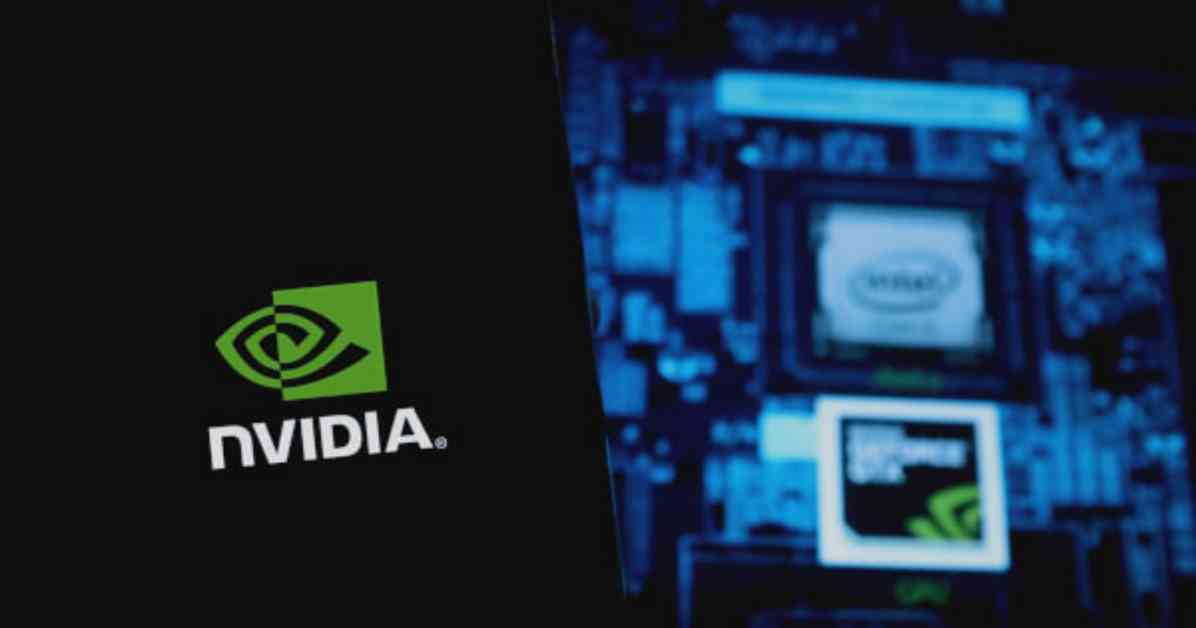So, like, guess what? NVIDIA just dropped a bombshell by open-sourcing their cuPyNumeric 25.03 library! This big move is a game-changer, folks, as it gives developers more power with PIP installation and native HDF5 support. It’s all about fostering transparency and collaboration in the world of multi-GPU computing.
The whole shebang is now completely open source, thanks to NVIDIA. They’re really shaking things up with this update, bringing in some serious firepower with support for PIP installation and native HDF5 IO. According to NVIDIA, this is a major milestone in the development of cuPyNumeric.
Let’s talk about this full open-source transition that NVIDIA has made. They’ve gone ahead and open-sourced everything related to cuPyNumeric, including the Legate framework and runtime layer. And get this, it’s all under the Apache 2 license. This move really shows NVIDIA’s dedication to transparency, reproducibility, and collaboration in the development community. It’s like they’re saying, “Come on in, folks, the water’s fine!”
And here’s the kicker – you can now install cuPyNumeric using PIP! No more messing around with conda, now it’s as easy as pie. This makes setting things up a breeze and allows for smoother integration into workflows, virtual environments, and CI pipelines. Plus, the package on PyPI can handle multiple nodes and ranks, making it a dream for single-node multiple GPUs and multi-GPU multinode clusters.
But wait, there’s more! cuPyNumeric 25.03 also comes with native support for HDF5 through GPU Direct Storage. This means handling large datasets just got a whole lot easier. Efficient IO operations are crucial for high-performance computing and data-intensive applications, and this feature delivers on that front. Users can now work with complex data structures with improved performance and portability.
Now, let’s talk installation and usage. NVIDIA has made things super simple with a one-liner PIP command: pip install nvidia-cupynumeric. Easy peasy, right? The update even bundles all major dependencies (except MPI) for you. And if you run into any issues, PyPI has got your back. NVIDIA has also provided detailed instructions on setting up and running cuPyNumeric on SLURM clusters, making it a breeze to use in multinode and multirank environments.
So, if you’re curious to learn more about cuPyNumeric 25.03, NVIDIA is encouraging users to check out the official release notes and maybe even contribute to the ongoing development on the GitHub repository. Who knows, you might just be a part of something big!














